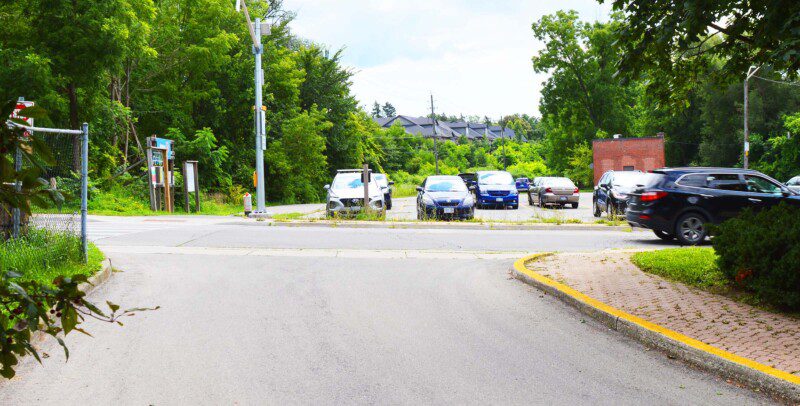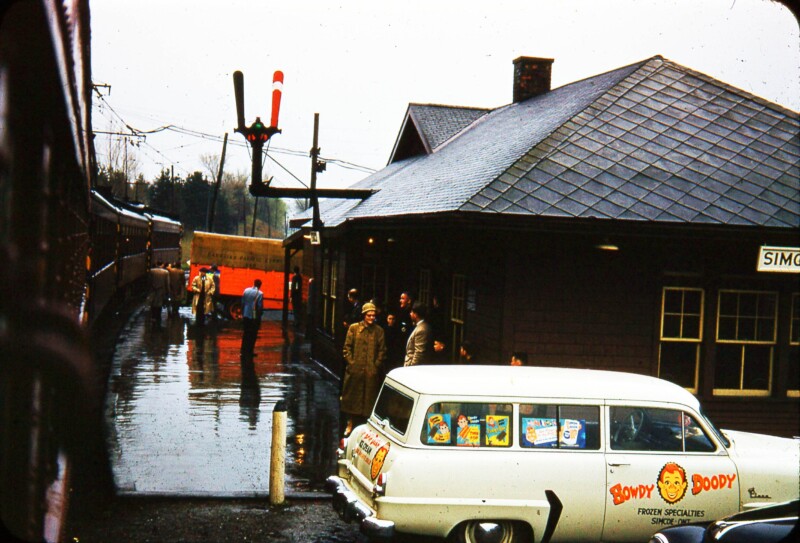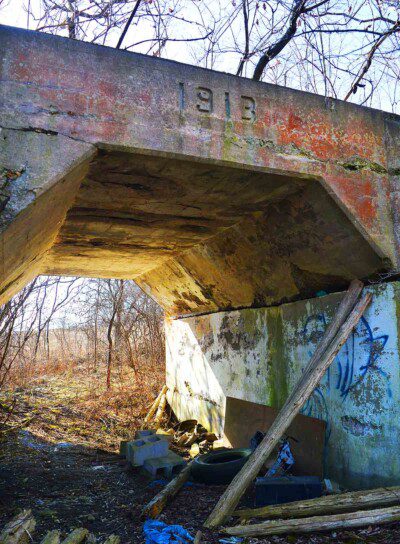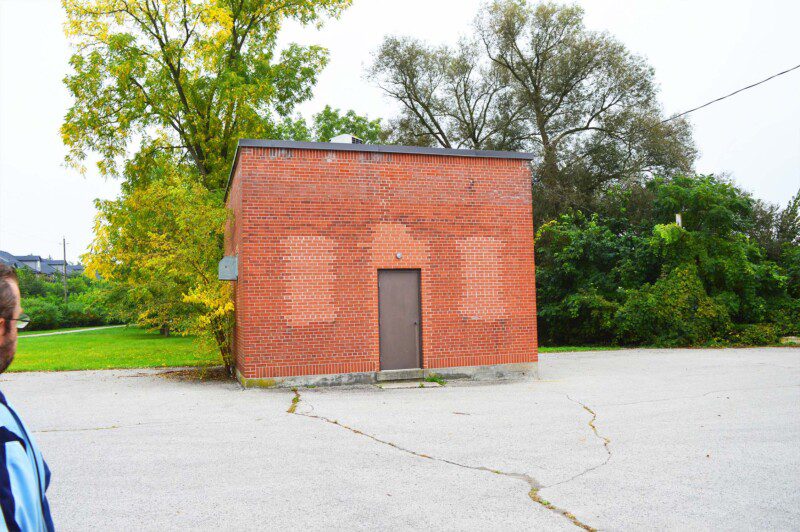INTRODUCTION
This article is part of the LOST ELECTRIC RAILWAYS OF ONTARIO series, and will focus on photographs taken in specific towns and cities along these lost routes. Today we will be taking a look at the town of Simcoe, Ontario, which was one of the stops close to the southern end of the Lake Erie & Northern Railway.
44 years before the electric railway arrived in Simcoe, the town’s first steam railway, known as the Canada Air Line Railway, opened from Fort Erie in December of 1873. The town’s second railway, the Port Dover & Lake Huron Railway, opened in 1875 between Port Dover, Woodstock, and Stratford. In 1889 the town’s third railway, the South Norfolk Railway, opened and in 1893 the 3 railways became part of the Grand Trunk Railway. When the Lake Erie & Northern Railway opened in 1916 between Galt and Port Dover it was the last electric interurban line to be built in Canada, while its partner, the Grand River Railway, was almost the first.
We’ll add more photos to this article if we find more, so check back once in a while! Click on the images below for a close look:
ELECTRIC RAILWAY COMES TO SIMCOE
Planning of this route began in Brantford in 1910, with the idea being that Port Dover would be a good ferry terminal to connect to. The LE&N originally planned to have it’s interurbans street-running through Simcoe, but when the Canadian Pacific Railway took control of the project in early 1911, the idea was dropped. A private right-of-way was constructed that cut straight north/south through Simcoe past the east bank of the Lynn River, along with a passenger station, small freight yard, trestle, and bridge. Simcoe Station opened for business in 1916 on the south side of Argyle St. at the east side of the Lynn River.

Facing south across Argyle St. towards Simcoe Station, 1916. The station had a rotary converter for 1200v operations, which would later be replaced by the square brick building that still stands today.

Facing south across Arygle St. towards the former site of the station in 2021. This photo was taken by Museum Volunteer Trevor Parkins-Sciberras.

Victoria Street facing east over the LE&N tracks towards Sherman Ave. some time around 1920. On the south side of the street was the Brook Woolen Mills, which was constructed in 1888 after a fire had destroyed the previous building from 1882. The company would be one of Canada’s most progressive and prosperous woolen mills.

Fan trip at Simcoe Station in 1947. Photo taken facing north by M.D. McCarter and is now in the Exporail Archives.

Same spot facing north to Argyle St. in 2021. Photo taken by Museum Volunteer Trevor Parkins-Sciberras.

Grand River Rwy. 226 northbound at Simcoe Station. Note the vintage, outside-frame, wooden hopper (Obsolete even in 1951.) Photo taken by Bob Sandusky on June 16th, 1951. You can see the newer voltage rectifier building behind the station which was built after WW2 and still stands today.

April 8th, 1955. Bill Hood photo, now in the collection of HCRR volunteer Trevor Parkins-Sciberras. Last Day of passenger service April 24th, 1955. Lorne Hymers photo.
END OF SERVICE
When news broke about the GRR & LE&N going out of business, rail fans and photographers flocked to document the final years of the electric lines. A charter with a special 5-car train made a ceremonial final run from Preston to Port Dover and back. The chartered train made a stop at Simcoe when these photos were taken:

Facing north from the Lynn River Trestle towards the CNR diamond. Richard Glaze took this shot from the back window of the chartered CPEL train.
For 6 years after the end of passenger service, CPEL continued freight operations until an official “last run” charter was held on September 30th, 1961.
The following day on October 1st, an electric locomotive had to be used once last time on the line due to the operator not yet being trained on diesels. The LE&N tracks between Simcoe and Port Dover were torn up between 1962 and 1964.

Same spot as last electric freight run photo, 2021. Facing south towards Victoria St. in the distance.

Victoria St. facing south in 2021. The old mill is now a nursing home. Photo taken by Museum Volunteer Trevor Parkins-Sciberras.
The station at Argyle St. remained standing for years, and was an overgrown spot known as “the Jungle” during the 1970s. Apparently the station was briefly used as a residence before it was finally demolished in 1978.

Friday, December 22nd, 1978 issue of the Expositor newspaper, featuring Simcoe’s LE&N Station in its final year.
REMNANTS OF LE&N RAILWAY IN SIMCOE 2021
Today you can walk or bike along the old right-of-way in Simcoe. The LE&N right-of-way in Simcoe is still mostly intact from the old CNR diamond south of Victoria St. all the way north through Waterford, Mt Pleasant, to Brantford. At the former location of the CNR diamond crossing south of Victoria St., the LE&N public trial deviates along the CN right-of-way southeast to Port Dover.

The supports for the old trestle in 2021. The water level has dropped significantly in the 7 decades between the this and the previous photo. The old Mill’s dam was opened up causing the Lynn River to drop noticeably.

Old steps leading down both sides of the north abutment of the lost bridge, with newer fencing for safety.

Cattle underpass beneath the LE&N right-of-way between the Fleet & Facilities Division road and Lynn Valley Road. The underpass is stamped 1913, which was 3 years before service began on the railway above. Photo taken on March 9th, 2022 by Trevor Parkins-Sciberras.
The brick rectifier building is still standing to this day. It was built after the war to change voltage with solid state equipment, rather than the rotary converter that was inside Simcoe Station. The rotary converter was an AC motor driven off the Hydro grid turning a DC generator to provide 1200 VDC for operation.
HO SCALE MODELS BY ROGER CHRYSLER
Local Historian Roger has created a fleet of HO scale replicas of the CPEL interurbans and some of the stations from the line. He created his own blueprints for Simcoe Station based on many old rail-fan photos from various angles. The freight shed on the north side of Argyle Street was a bit harder for him to figure out, due to there being only one poor quality photo he could find of it.
See more photos of Roger’s creations at Grand River Car Shops on Facebook.
MUSEUM ARTIFACTS
We have the last passenger car and locomotive from this lost electric railway, LE&N #797 and #335, in our museum’s collection.
See what else is in our museum’s collection here: https://hcry.org/collection/
You can learn more about the Lake Erie & Northern Railway here: http://www.trainweb.org/elso/len.htm
Please stay tuned for more articles in this series on Ontario’s lost electric railways. You can follow our museum at Facebook and Instagram where photographs like this are posted daily!
Many of the photographs in this article can be found in John Mill’s book “Ontario’s Grand River Valley Electric Railways” and also “Steel Wheels Along the Grand” by George W. Roth.
Watch 16mm film footage of CPEL electric freight trains in Cambridge, Ontario, in the late 1950s on our Youtube channel: https://youtu.be/0Xfo-4KC0j8































I LOVE these articles remembering back to signifigant times in my life!! My Grandfather (John Shortt) was a conductor on he LE&N Railway for many years when I was a youngster. I rode the LE&N MANY, MANY times … often to my aunt’s home in Preston. The train stopped about 3 blocks from her house and was very convenient for a teenager (ME)!!! I was inmy early teens at that time … probably about75 – 80 years ago!!!
This is fascinating. I remember riding the train as a child but didn’t recall that it was electric. The Roger Chrysler scale model is a masterpiece and a work of art
Very interesting – too bad we changed from electric, we might be in better environmental condition today!!
These are fascinating. my dad was a linesman on the LE&N from the early 40’s till 1950. They bring back so many memories.
So many memories of the ‘trolley tracks’.’
The mill pond picture is my favourite. We were once chased off that bridge by an oncoming trolley much like the scene in ‘Stand by Me’
Many life lessons were learned down the tracks.
That’s very cool to hear that you once walked on that old trestle! It must have been a popular spot for Simcoe-residents back in the day.
Having grown up near the Norfolk County fairgrounds right after WW2, I spent a LOT of time playing in the areas near that trestle. W
e also used to swim and fish off the other railway bridge going to PT. Dover with railyards 1 block north of the Fairgrounds. The woods between those 2 bridges was used as a transient home for quite a few people and makeshift beds and sleeping places were prominent in those areas. I am very happy to see this posted and thank you for that!!
Well done Trevor, great job!
Excellent job Trevor. I love looking up old rail lines. Simcoe is on my list now.
Thanks Larry, I appreciate that! Simcoe is one of the best local places for electric railway ruins.
I grew up near the 1913 cattle crossing bridge. I remember camping under it multiple times after telling my parents as was at a friend’s house.
I went back last year and was surprised it wasn’t harder to get to.
That’s cool, I heard stories of people who had camped under the cattle underpass! 🙂 Seems like you weren’t the only one who did that.